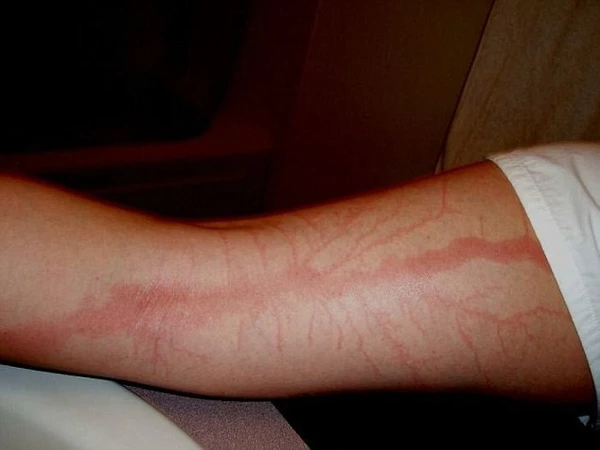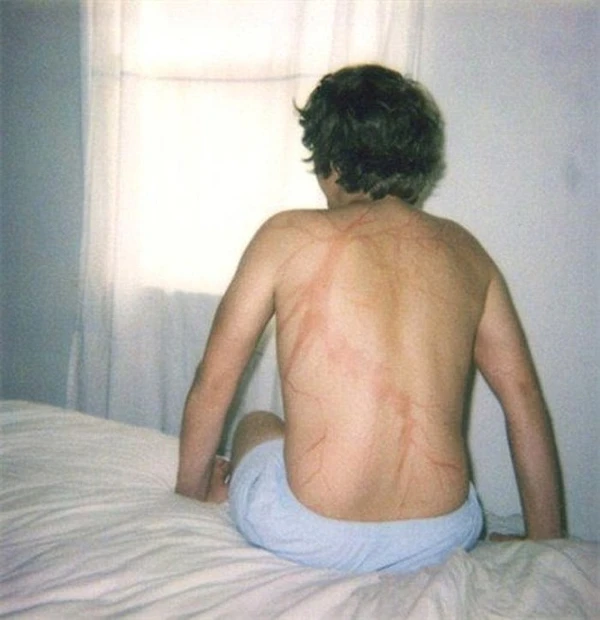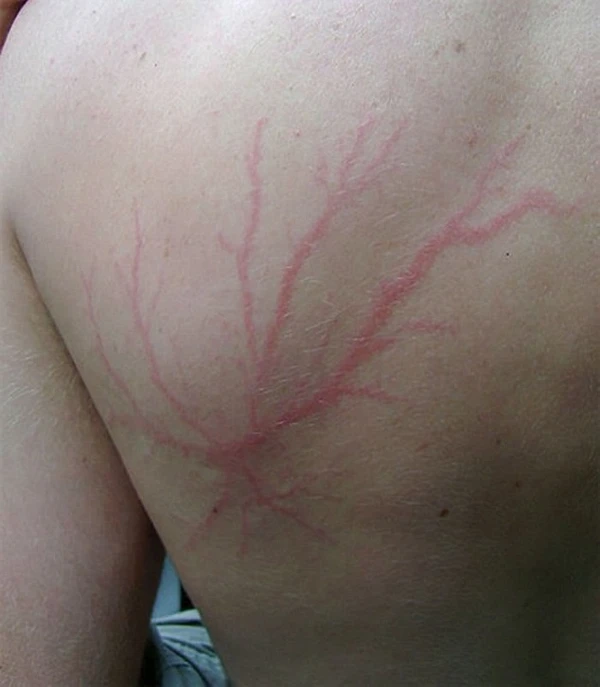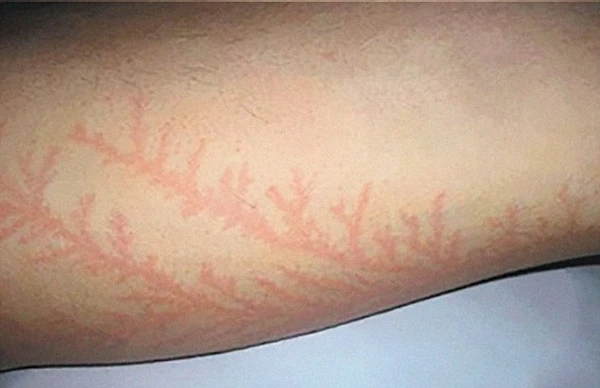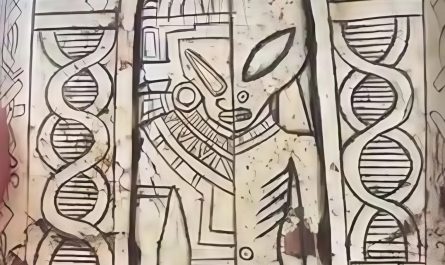Being struck by lightning is both dangerous and terrifying—and often fatal. In some cases, the electrical discharge leaves behind a striking, tattoo-like pattern on the skin known as a Lichtenberg figure. These branching shapes are natural examples of fractals, repeating patterns that occur at multiple scales in nature.
Lichtenberg figures are branching electrical discharge patterns that form on or inside insulating materials. They’re named after the German physicist Georg Christoph Lichtenberg, who first discovered and studied them. When he observed their unusual shapes, he initially believed they might reveal clues about the nature of positive and negative electrical “fluids,” as electricity was described at the time.
In 1777, Lichtenberg constructed a large electrophorus, a device designed to generate high-voltage static electricity through induction. After discharging electricity onto an insulating surface, he noticed that fine dust settled into beautiful, radial shapes. By pressing blank sheets of paper onto these dust patterns, he could capture and preserve the images—an early demonstration of the principle that would later evolve into xerography, the foundation of modern photocopying.
Lichtenberg’s discovery also paved the way for advances in plasma physics. While he studied only 2-dimensional patterns, modern researchers investigate both 2D and 3D forms, including deep electrical trees that grow within insulating materials.
Below is a small gallery showcasing real people who survived lightning strikes and the intricate fractal patterns the electricity left behind on their skin.
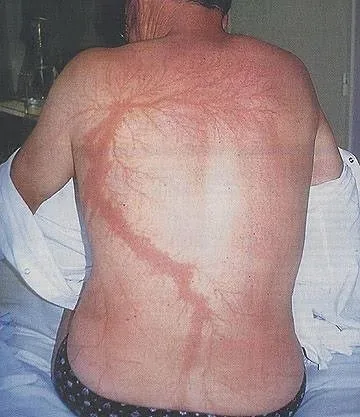
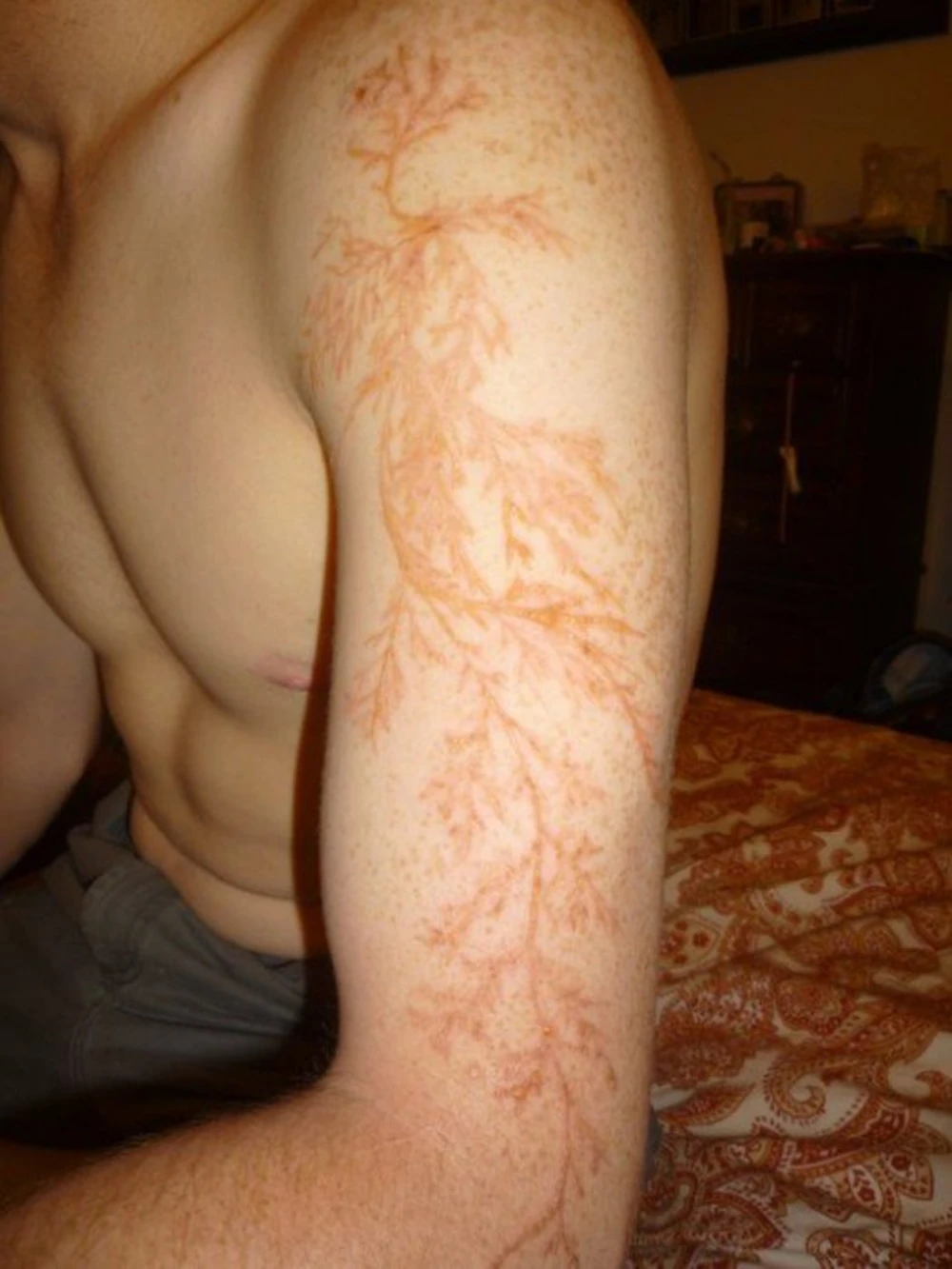
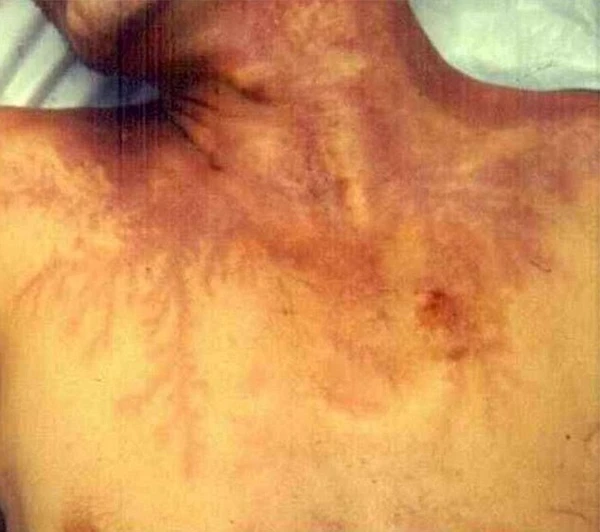
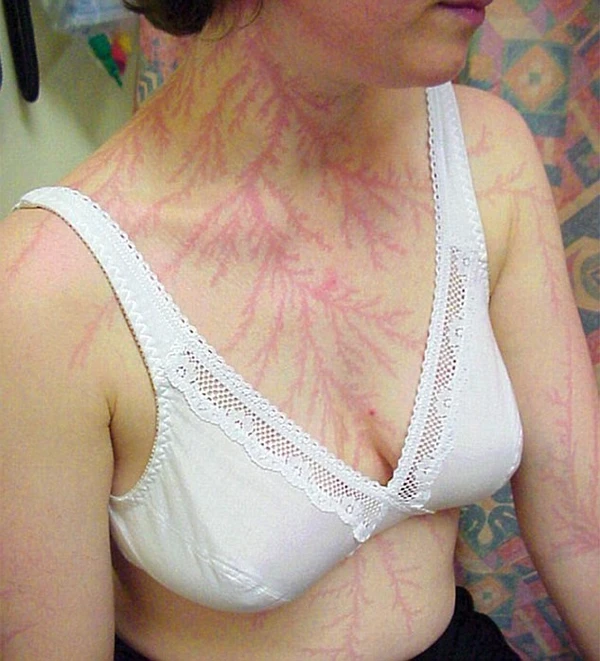
The dramatic marks known as keraunographic markings—often called lightning flowers or lightning trees—are rare patterns that appear on the skin of some lightning-strike survivors. These delicate, branching designs typically show up on the arms, back, neck, chest, or shoulders.
According to the tech blog Gear Diary, a man named Winston Kemp developed these striking patterns during a spring storm after stepping outside to save his pumpkins. Kemp, ironically an electrician, wasn’t injured on the job; instead, the bolt came from a storm right in his own backyard.
The 24-year-old recalls seeing a bright flash and hearing a loud impact in his neighbor’s yard. Surprisingly, he didn’t feel anything at the moment of the strike.
“I just came back inside like nothing was wrong… my arm was sore… I don’t think I saw any marks until 30 or 45 minutes later—maybe an hour,” Kemp told Gear Diary.
He said the strike didn’t hurt immediately, but within a few hours his arm became achy and sore. By the next day, large blisters began to form. His girlfriend, a pre-med student, carefully drained and covered them to avoid infection.
Dr. Mathew Avram, director of the Dermatology Laser and Cosmetic Center at Massachusetts General Hospital, explains that lightning-induced feathering marks form when static electricity spreads along the tiny blood vessels in the skin.
“When an emergency physician sees these marks,” Avram says, “you immediately know what the diagnosis is—a lightning strike.”
He adds that the phenomenon is extremely rare, and usually results in only a superficial burn. The patterns can be deeper if the skin was sweaty or if the person was wearing metal—such as a belt buckle—at the time of the strike.
Although Kemp didn’t seek treatment at an emergency room, Avram notes that medical evaluation is usually wise to prevent infections or complications.
Typically, lightning marks fade within hours, but Kemp’s lasted significantly longer. Doctors recommend using antibiotic ointment or petroleum jelly several times a day until the skin heals.
Even a month later, Kemp said he still experienced random pains down his left arm and tenderness in the affected area.
“That’s not surprising,” Avram explains. “Any injury to the skin can trigger lingering nerve sensations, and redness from burns can take months to fully resolve.”
